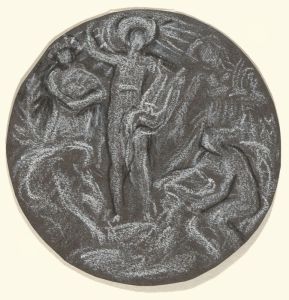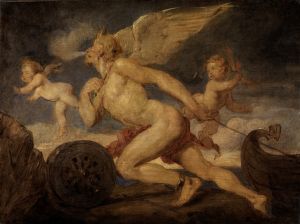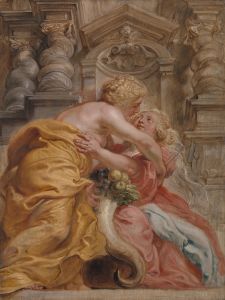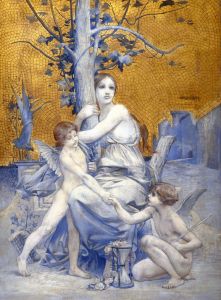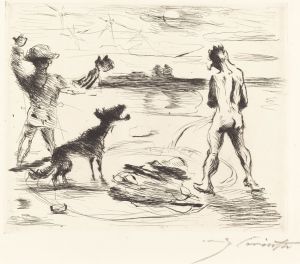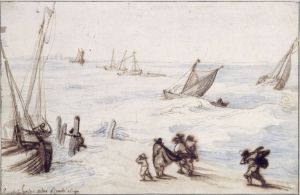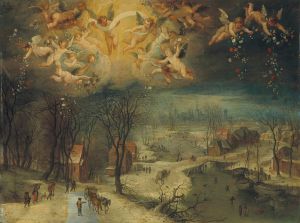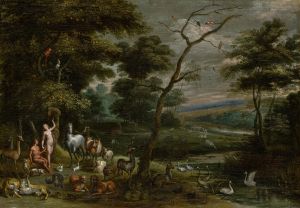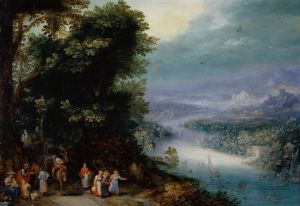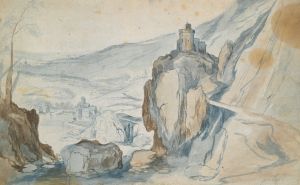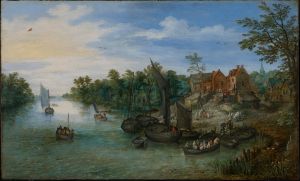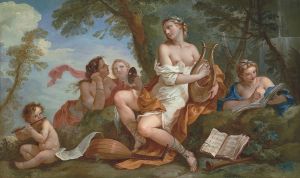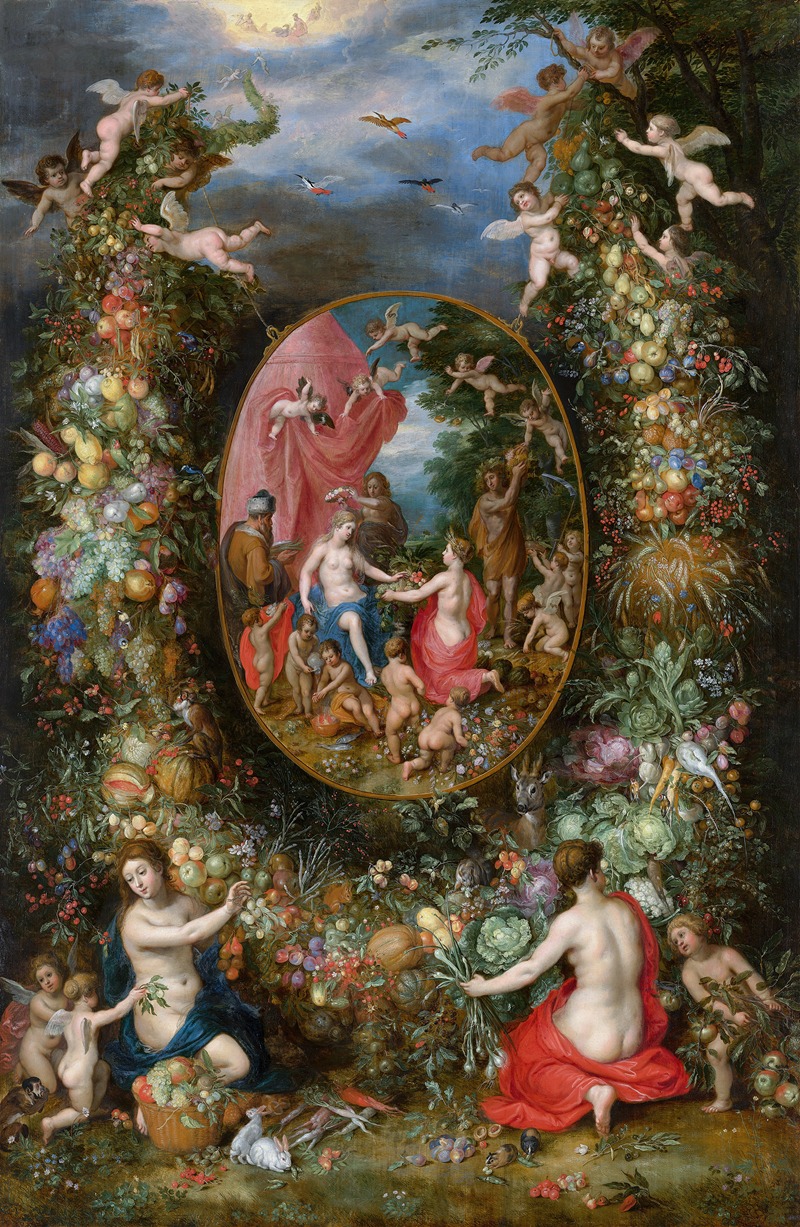
Garland of Fruit Surrounding a Depiction of Cybele Receiving Gifts From Personifications of The Four Seasons
A hand-painted replica of Jan Brueghel The Elder’s masterpiece Garland of Fruit Surrounding a Depiction of Cybele Receiving Gifts From Personifications of The Four Seasons, meticulously crafted by professional artists to capture the true essence of the original. Each piece is created with museum-quality canvas and rare mineral pigments, carefully painted by experienced artists with delicate brushstrokes and rich, layered colors to perfectly recreate the texture of the original artwork. Unlike machine-printed reproductions, this hand-painted version brings the painting to life, infused with the artist’s emotions and skill in every stroke. Whether for personal collection or home decoration, it instantly elevates the artistic atmosphere of any space.
"Garland of Fruit Surrounding a Depiction of Cybele Receiving Gifts From Personifications of The Four Seasons" is a collaborative painting created by Flemish artist Jan Brueghel the Elder, a prominent figure of the Baroque period. The work is an example of Brueghel's mastery in still life and allegorical themes, combining intricate details with symbolic representations. It is believed to have been painted in the early 17th century, during a time when allegorical and mythological subjects were highly popular in European art.
The painting features a central scene depicting Cybele, the ancient Phrygian goddess associated with fertility, nature, and the earth. She is shown receiving gifts from personifications of the Four Seasons, each representing a different time of the year and the natural abundance it brings. Surrounding this central motif is an elaborate garland of fruit, flowers, and foliage, meticulously rendered with Brueghel's characteristic attention to detail. The garland not only frames the central narrative but also serves as a celebration of nature's bounty, a recurring theme in Brueghel's oeuvre.
Jan Brueghel the Elder was known for his collaborations with other artists, particularly those specializing in figure painting. While Brueghel himself was responsible for the intricate still life elements, it is possible that another artist contributed to the depiction of the figures in the central scene. This collaborative approach was common in Flemish art of the period, allowing artists to combine their specialized skills to create complex and harmonious compositions.
The painting reflects the influence of the Counter-Reformation, during which art was often used to convey moral and religious messages. Although the subject matter is rooted in classical mythology, the work can also be interpreted as an allegory of divine providence and the cyclical nature of life. The inclusion of the Four Seasons emphasizes the interconnectedness of time, nature, and human existence.
Jan Brueghel the Elder was part of a renowned artistic dynasty, being the son of Pieter Bruegel the Elder and the father of Jan Brueghel the Younger. His works were highly sought after by patrons across Europe, including members of the Habsburg court. "Garland of Fruit Surrounding a Depiction of Cybele Receiving Gifts From Personifications of The Four Seasons" exemplifies his ability to combine technical precision with rich symbolism, making it a significant contribution to the art of the Baroque era.
The painting is currently housed in the Museo del Prado in Madrid, Spain, where it remains an important part of the museum's collection of Flemish art.





